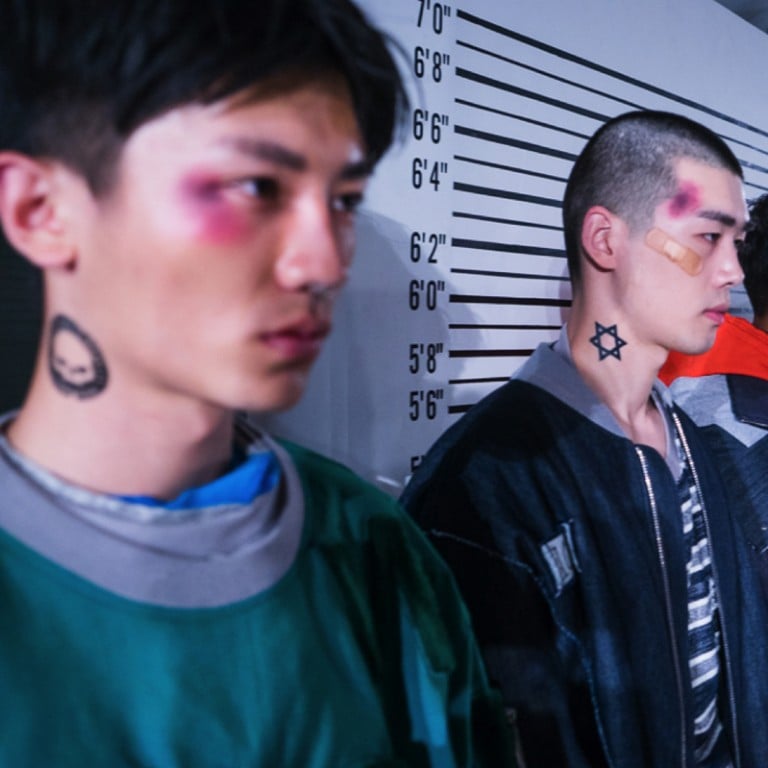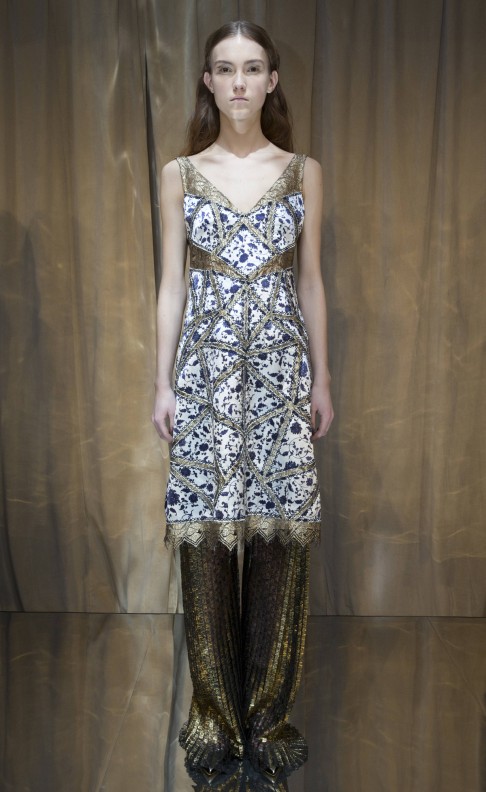How young Chinese fashion designers are making their mark in the global industry

The emergence of this new strain of contemporary designers has much to do with the changing creative environment and luxury market in China
Shenzhen-born, Central Saint Martins-trained designer Angel Chen's fashion show could have easily been mistaken as a teenage rave party. For her latest Fight Club collection, models with smudged smoky eyes and hand-applied face paint donned asymmetrical dresses, embroidered parkas and acid-coloured faux fur. The collection featured a mix of Asian subculture references from Japanese Bozusuku and Wabori gang tattoos.
At the tender age of 24, Chen has already landed prestigious stockists such as Lane Crawford, Opening Ceremony and H Lorenzo. Her contemporary interpretation of Asian aesthetics, her sheer ambition to build a global brand and her long-term vision to revitalise Chinese craftsmanship for a sustainable luxury business are shared by a new, growing legion of young independent Chinese designers who have emerged in the past few years.

"Many centuries ago, China was a market leader for all things luxurious - from silk to embroidery and jewellery. Over the past few decades, China became the world's factory," Chen says. "But that's changing. Now is a good time for young Chinese designers to launch our brands."
The rising pack, who are reimagining Chinese contemporary fashion design, include Masha Ma, Huishan Zhang and even younger labels such as Angel Chen and Shu Shu/Tong, and Feng Chen Wang, Xu Zhi and Ms Min, who recently made headlines for being shortlisted for the LVMH Prize earlier this year.
Compared to their established predecessors, such as Uma Wang and Ma Ke, the young generation of Chinese designers received an overseas education and many launched their own brands right after graduation instead of climbing the career ladder at state-owned enterprises or private corporations.

"Today, we see many more fashion graduates from London, Milan and New York returning home to start their own brands," says Tasha Liu, co-founder of prestigious concept store Dongliang, which now operates various outlets in Beijing and Shanghai.
"They are not solely looking at opening shops, but rather investing in branding through social media and other marketing tools. Their designs highlight consistency, integrity and relevance to market needs."
Lane Crawford and JOYCE Group's president, Andrew Keith, also reckons the global ambition of contemporary Chinese designers. "It is becoming difficult to categorise these designers as Chinese designers," Keith says. "Some of them live abroad and were educated abroad. They show in New York, London, Milan and Paris. They are international brands and their collections sit within a global context and in our international portfolios."